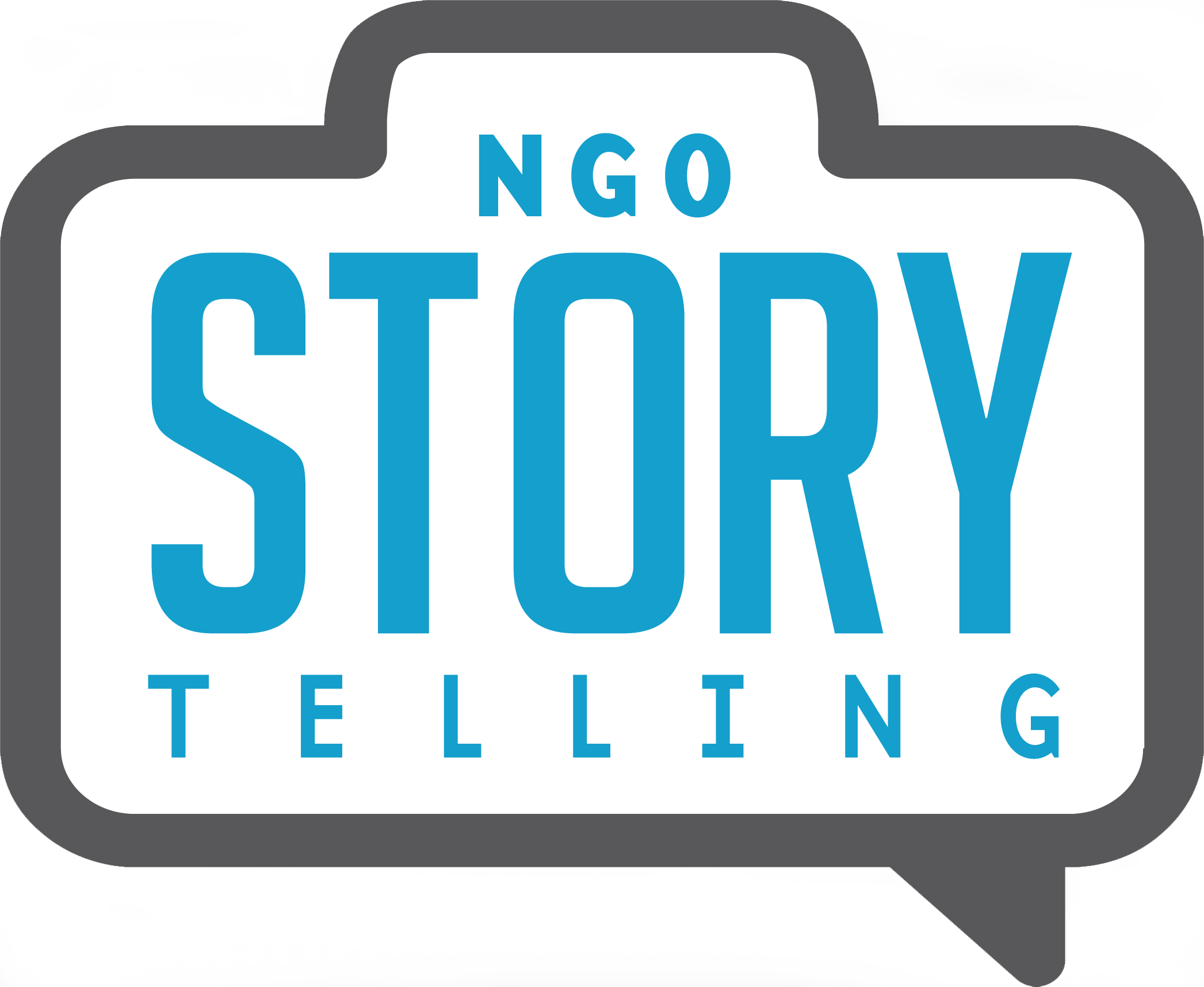How to Produce and Edit Videos in Languages You Don't Speak
When I read the scope of work, I knew the job would be interesting and challenging: produce a series of five technical instruction videos in French, Bariba, Fon, and Nagot. That made for a total of 20 videos, all in languages I didn’t speak (though I did understand a bit of French). I’d produced plenty of short films in foreign languages, but never this many. And never in languages that I hadn’t even heard of before. I started planning. I worked with a great team on the ground. I made things happen. It was a lot of work but also a lot of fun. Here’s my advice if you find yourself needing to produce and edit videos in languages you don’t speak.
1. Write your video scripts at least one month before the shoot. These videos I was hired to create covered all aspects of cashew farming in Benin. They were meant to be shown to farmers across the country to teach them best practices. Therefore, the videos needed to be scripted using precise vocabulary regarding step-by-step procedures. For me, this made the work easier than producing documentary work (which is what I usually do) because the client and I could script everything. About a month before going to Benin, I worked via email with a production manager in Benin to write all the scripts in French. Google Translate was our best friend. I know this tool doesn’t work for all languages. But it worked well for me and the production manager (who wasn’t fluent in English). If you need to know cashew farming vocabulary in French, I can now help you.
2. Decide whether you will use subtitles or voiceovers. As the production manager and I wrote the French scripts, we discussed how to present the film in the three other languages. Subtitles are easier than voice overs because you can time the words exactly to what’s being said on screen. We decided against this, though, because many people in the target audience weren’t literate. We went with voice overs because it made better sense. This option can be a bit harder for the editor, though, because a sentence in one language is rarely the same length in another sentence. So the editor is often trying to squeeze long sentences into a short amount of time to match the action on the screen, or vice versa.
3. Identify and hire your translators at least one month before the shoot. Once the production manager and I decided on how to present the videos in the other three languages, I encouraged him and his on-the-ground team to quickly identify potential Bariba, Fon, and Nagot speakers to translate each script into those languages and also be the voice-over actors. This took a lot longer than expected. By the time I arrived in Benin, the team was still looking for the translator. In the end, the translators worked on all the scripts while the team and I were out filming at cashew plantations across the country.
4. Once you're filming, leave time for the unexpected to happen. This is a given on any shoot, but especially when you’re gathering so much content. The team and I ended up spending much more time in offices in Benin than anticipated because we needed to rearrange the order of events in most of the scripts. We spent about three days in an office, cutting up French scripts and taping them back up on the walls in a different order. Another day, we found that the person slated to star in one of the videos was a stellar narrator without a script. With a little coaching, he did an excellent job explaining all the concepts in a natural, off-the-cuff way.
5. Stay super organized. I organized each script so French was in one column, English was next to it, and Bariba, Fon, or Nagot was next to English. After each translator finished working on their scripts, I highlighted certain words and phrases in French and asked them to highlight the counterpart words or phrases in Bariba, Fon, and Nagot. This is my little trick for helping me edit in languages I don't know so I can match the words to the action. Without these audio clues, I knew I wouldn’t be able to edit in these three languages. I also organized all scripts on two hard drives by language and by which video it was (cleaning your cashew plantation, building a firewall, etc.).
6. Get creative to make sure your voiceover audio sounds superb. Clean audio is very important in any video. Don’t skimp on voiceover quality just because the person speaking doesn’t appear on screen. For one voiceover session in Benin I sat the speaker at a desk with pillows on one side of him, a foam mat in front of him, and a mattress propped up behind him to muffle echoes and sounds from the hallway. For another voiceover session the speaker sat under a “tent” created by my tripod and my and my assistant’s arms.
7. Edit videos by language, not by topic. First I edited everything in French since these were the source videos for all the other languages. Then I did each group of languages together: all five Bariba videos, all five Fon videos, and all five Nagot videos. My ear got used to hearing the one language. This helped me eventually pick out certain words to help me with my editing.
Do you have any questions about doing voiceovers? If so comment below or send us an email at hello@ngostorytelling.
----------
Photo caption: Recording a voiceover in Benin, with props to muffle echoes and hallway sounds. © Laura Elizabeth Pohl.
